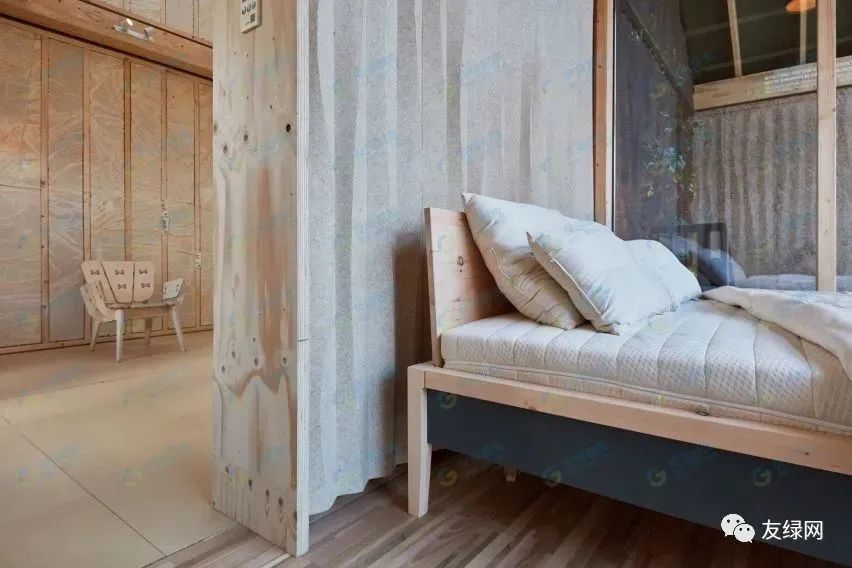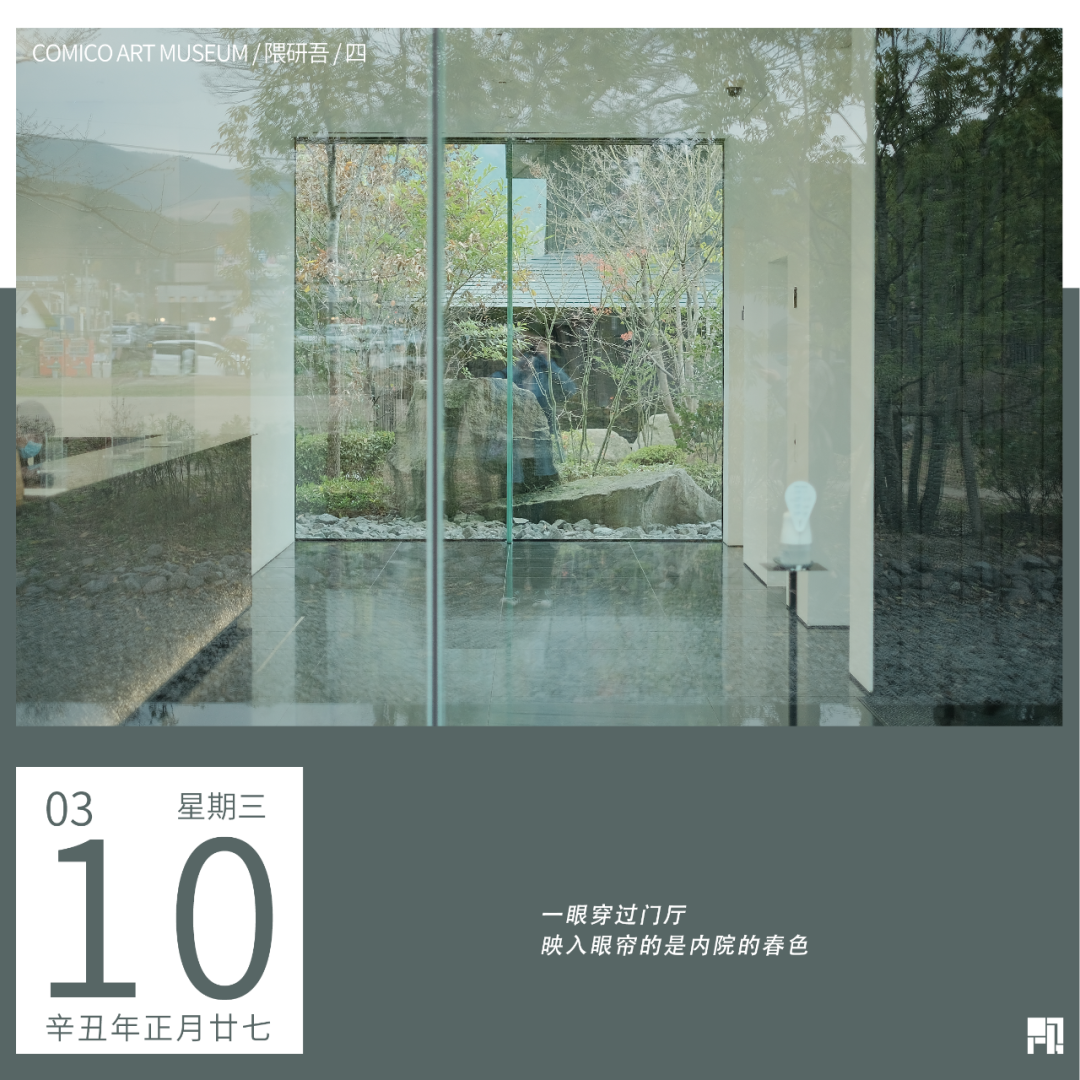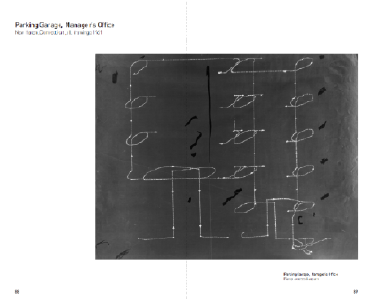




The construction team said that by using this technology, the building module can be built in 200 hours, while the average energy consumption is 6 kW, and the typical construction waste is almost completely reduced.
YouLV think tank has collected and sorted out 10 low-carbon building cases, including buildings made of 3D printed clay, recycled materials and biological materials.
The arch structures are connected by saddle surface grid structure.
Zero carbon building and negative carbon building are the development goals of low carbon buildings.
Form a self-supporting hyperboloid roof, which is designed to use the least material while providing the largest footprint.

They also took into account the new wood that would grow during this period and finally concluded that, overall, the building absorbed more carbon than it emitted.

Geothermal heat pumps and solar panels with an area of 1200 square meters will provide most of the power required for the whole building, and the rest will be provided by renewable energy.
Although the building is a pure cross laminated wood structure, the studio is equipped with wood plywood columns and beams, creating a wide open space required by various cultural areas on the ground floor of the building.
01 Tecla clay residence in Italy Tecla residence in Italy, designed by mariocinellaarchitects and wasp.

After decades of development, environmental pollution has been gradually improved, and the level of building energy conservation has been continuously improved.
All the local wood used was processed in a sawmill about 30 miles away.
The building area is 4367 ㎡.
YouLV think tank hopes that colleagues in the construction industry and real estate industry can learn from it, promote the development of the industry towards energy conservation and carbon reduction, and help achieve carbon peak and carbon neutrality as soon as possible.
03 thearc Indonesia “thearc” designed by ibuku architecture firm is the latest building in the world-famous greenschool in Bali, Indonesia.







This school has a history of 12 years, and is famous for its courage to break boundaries and expand horizons.
In order to ensure the required span of the theater and open foyer, they also incorporate steel structural elements.
Whitearkitekter architects selected engineering wood when designing the building structure.

The photovoltaic ceiling creates more than 100% of the building’s energy demand, and can accumulate enough rainwater to meet 100% of the building’s water demand.

It is a cultural center integrating theater, art gallery, gallery, library, museum and hotel.


In the last century, the world experienced such global problems as huge energy consumption, environmental pollution and climate warming caused by the rapid development of industrialization and urbanization.
Kendeda building is the first wood structure building in the University since the earliest load-bearing masonry and wood structure building in the 1880s..
02 sarakulturhus center, Sweden the project is located in skellefte š, using cross laminated wood (CLT) and wood plywood (Glulam).



04 kendeda building in the United States is made of recycled materials such as recycled bricks and stones and wood from abandoned film sets.

The printer uses two synchronous arms, each arm has a printing area of 50 square meters, and modules can be printed at the same time.
Governments, institutions and architectural scholars all over the world have put forward many architectural concepts such as “green building”, “near zero energy consumption building” and “low carbon building”.

Clay provides natural thermal insulation and can be recycled again and again.
The 60 square meter building is 4.2 meters high, including living space, kitchen and sleeping area, and is equipped with service facilities and round roof skylights.

As a pioneer of the same type of buildings, the project has an overall span of 19 meters and is composed of a series of interwoven 14 meter high bamboo arches.

However, climate warming and greenhouse gas emissions have gradually become more serious global problems.

Kendeda building is regarded as a learning center and teaching tool for sustainable design education for students of Georgia Institute of technology in Atlanta.
Therefore, countries have put forward goals and measures to reduce carbon emissions.


It aims to provide low-cost emergency housing for climate refugees without causing global warming.
The studio conducted a life cycle analysis limited to 50 years, which included the potential carbon emissions during construction and operation, the carbon content in wood and the carbon emissions within the building life cycle.

Furniture is also partially purchased locally and designed to be reusable or recycled.


The original local clay was 3D printed into 350 floors to form this prototype house, which integrates ancient architectural technology and modern technology.
The updated porch fulfills the traditional function of creating a cool microclimate around the building and blurring the boundaries between indoor and outdoor.
Driven by the double carbon goal, “low carbon building” has become one of the hottest concepts in China in the past two years.
The construction team claims that the wood inside the building can capture twice the amount of carbon emitted during construction.
The project is the first project in the southeast of the United States to obtain a complete livingbuildingcertificate, and set a new standard for sustainability.
The design is inspired by the local porch in the southern United States.

The vents at the top of the roof allow warm air to escape, while the openings around the bottom provide natural ventilation, eliminating the need for air conditioning in the tropical climate of the island.
At the 3D printing construction site, the house is built with a multi-level modular 3D printer.

It has proved that it can meet the requirements of livingbuilding in the most extreme climatic conditions.

These projects achieve net zero emissions or even negative carbon through the use of carbon sequestration biomaterials, cyclic design principles, passive / renewable heating and cooling, and energy technologies.




